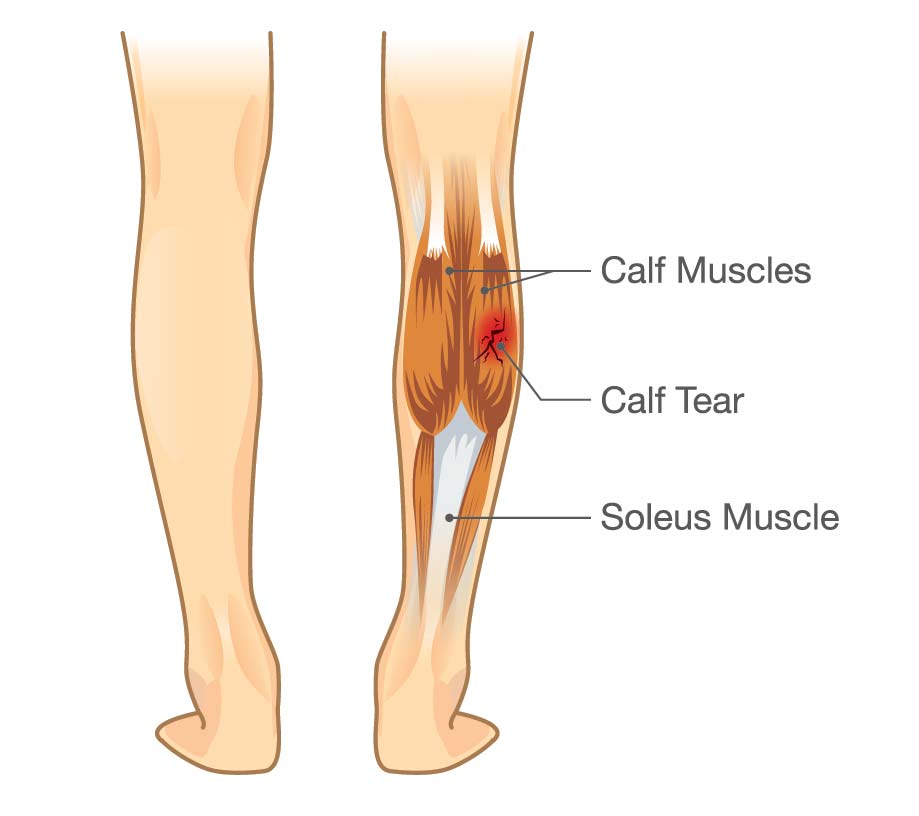

Medication can be attached to the stent to reduce the risk of the stent being narrowed by growth of new tissue into the artery. This is like an internal sophisticated “scaffold” that holds the artery open. In some arteries the results of angioplasty can be improved by also putting a stent inside the artery. Some narrowings and blockages in your arteries can be treated by using a balloon to stretch the artery open again. If you are allergic to the dye or have reduced kidney function then this investigation may not be appropriate for you or special precautions may need to be taken.

If the claudication remains troublesome then you will need an ultrasound scan of the leg or an angiogram to see exactly where the narrowings or blockages in the arteries are.ĪNGIOGRAM: this can be performed with a CT or MRI scan with some dye injected into the bloodstream, which allows the scan to highlight the arteries. Many patients are worried they may lose their leg but with the above treatment this is extremely unlikely and not a cause for concern. It is uncommon for the legs to get worse. In addition the blood flow in the leg will increase as smaller undiseased arteries increase in size. Over a period of 3 - 6 months the muscles in the legs will become more efficient enabling you to walk further on the limited blood supply. Although walking can be frustrating because of the frequent stops when the legs are painful, it is important to persist and try to walk each day, increasing the distance as the legs improve. Lastly, it has been shown that taking a small dose of aspirin (75 mgs) once a day also helps the arteries. If you are overweight, losing weight will help your arteries and enable you to walk further. These may require you to go on a diet or start some medication if you are not already on treatment. You will be tested for diabetes, high blood pressure and raised cholesterol. If you smoke it is vital that you stop altogether. Atherosclerosis not only affects the arteries in your leg, but also those to your heart causing heart attacks, and your brain causing strokes. The most important part of the treatment is to make sure your arteries do not get any worse. The blood pressure in the legs can be measured with doppler, at rest and after walking on a treadmill, to confirm the diagnosis. With the above symptoms and an examination of the pulses in the leg (weak or absent) it is often possible to diagnose claudication without any tests. After a rest the oxygen levels return to normal and it is possible to walk again. If the supply is reduced the oxygen is used up and the muscles become painful. During walking the leg muscles use more oxygen which is supplied by the circulating blood. The distance walked along the flat (not up hills) before the pain starts is used as a rough guide to the severity of the condition. After a brief rest the pain resolves and it is possible to walk on again. The thigh and buttock muscles may also be involved. The common symptom is of a cramp like pain developing in the calf muscles on walking. The cause is hardening of the arteries otherwise known as atherosclerosis. 25, 2023.Claudication is a common condition where pain occurs in the legs with exercise due to a reduction in the circulation. National Institute of Neurological Disorders and Stroke.
TIGHT CALF MUSCLES FOR NO REASON SKIN
National Institute of Arthritis and Musculoskeletal and Skin Diseases.

Pain in the lower extremity and limping in children. In: Bradley and Daroff's Neurology in Clinical Practice. Too much or too little of electrolytes, such as calcium or potassium.Low levels of certain vitamins, such as vitamin D.Medicines, especially the cholesterol medicines known as statins.Chronic exertional compartment syndrome.Juvenile idiopathic arthritis (formerly known as juvenile rheumatoid arthritis).


 0 kommentar(er)
0 kommentar(er)
